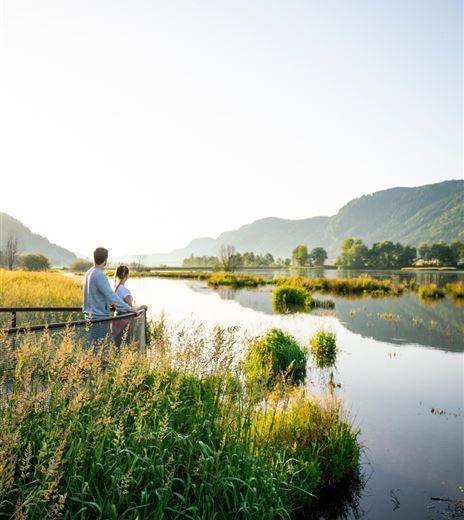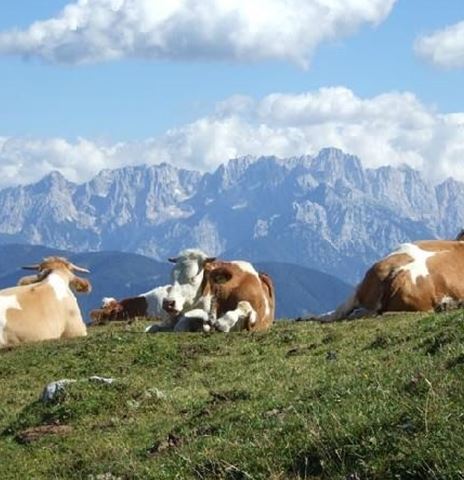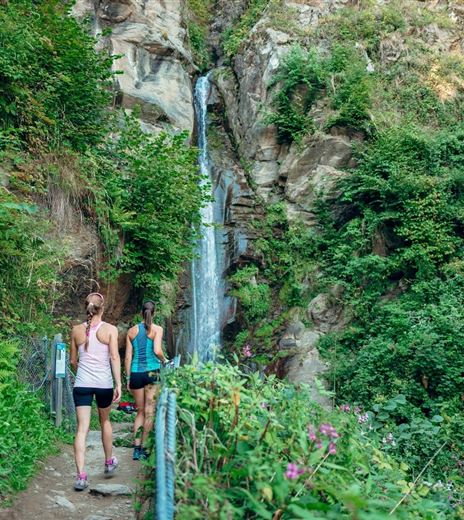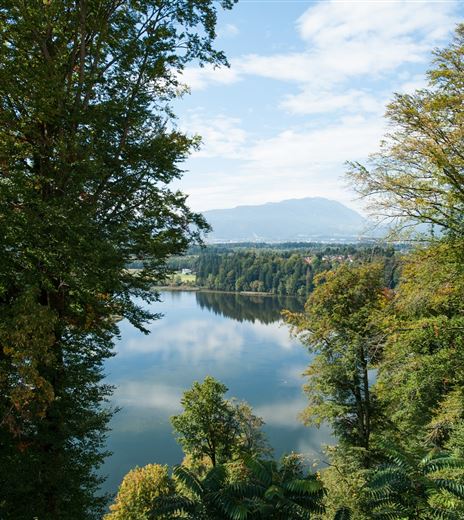Medium
Dobratsch Circuit - Stage 2
Hiking Trail
Information
On the second stage the way leads from the north side of the Dobratsch to the Gailtal valley and passes through rather different looking landscapes. The first section is still dominated by the mining past but then you reach farming...
Hiking Trail
Difficulty
Medium
Distance
18,25 kmDuration
05:30 hUphill
345 mDownhill
682 mMax. Altitude
1035 mMin. Altitude
562 mMap & Elevation Profile
Recommended Equipment
Raincoat, good walking shoes, water ,camera etc.
Features & Characteristics
Experience
Landscape
Endurance
Best Season
Jan
Feb
Mar
Apr
May
Jun
Jul
Aug
Sep
Oct
Nov
Dec
Arrival
Take the A10 motorway exit "Villach-West" and follow from there the road signs to Bad Bleiberg.




